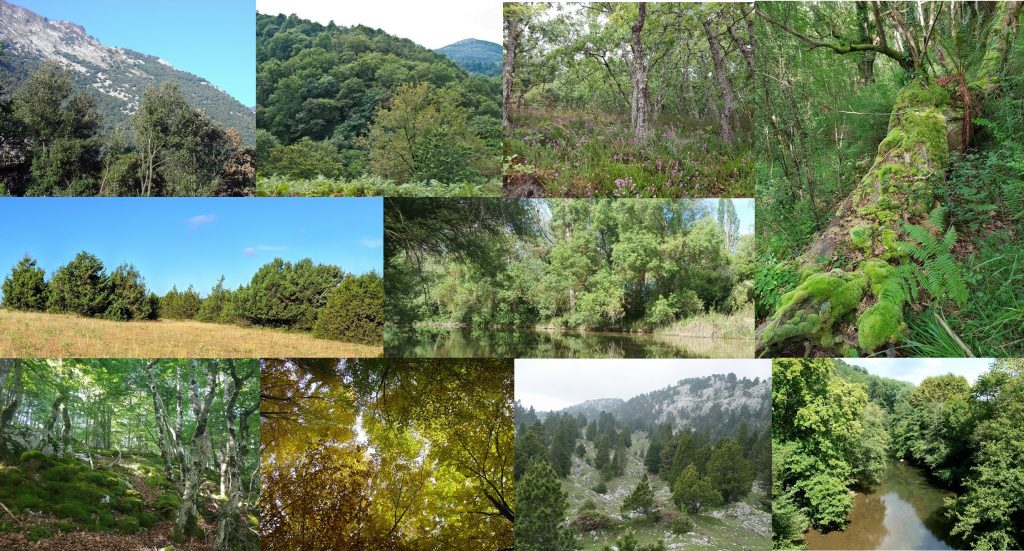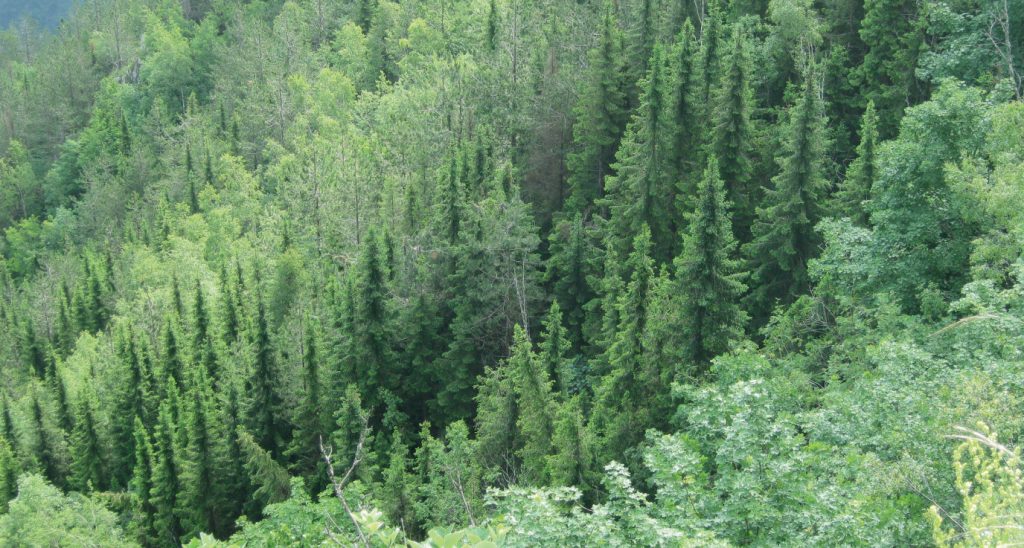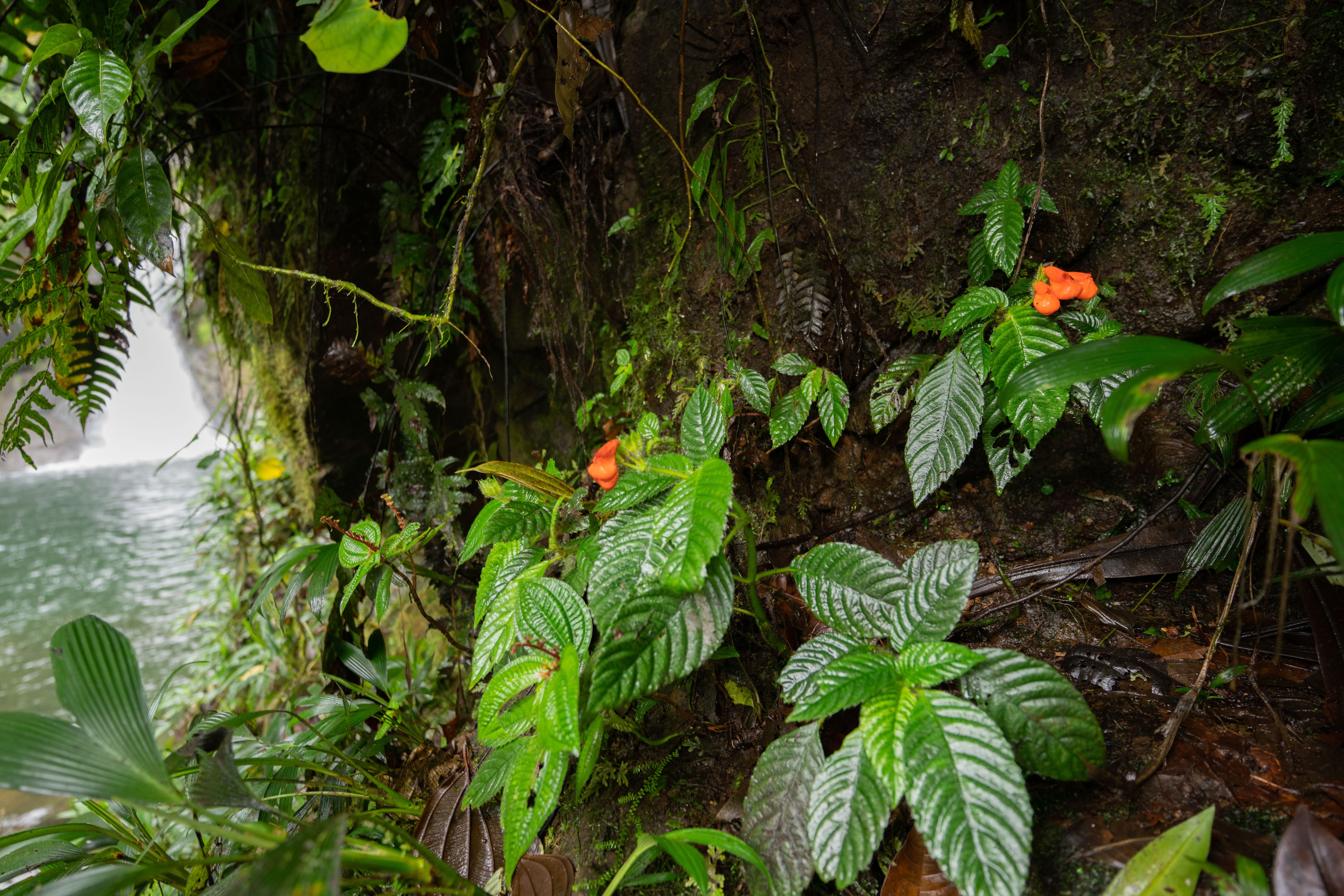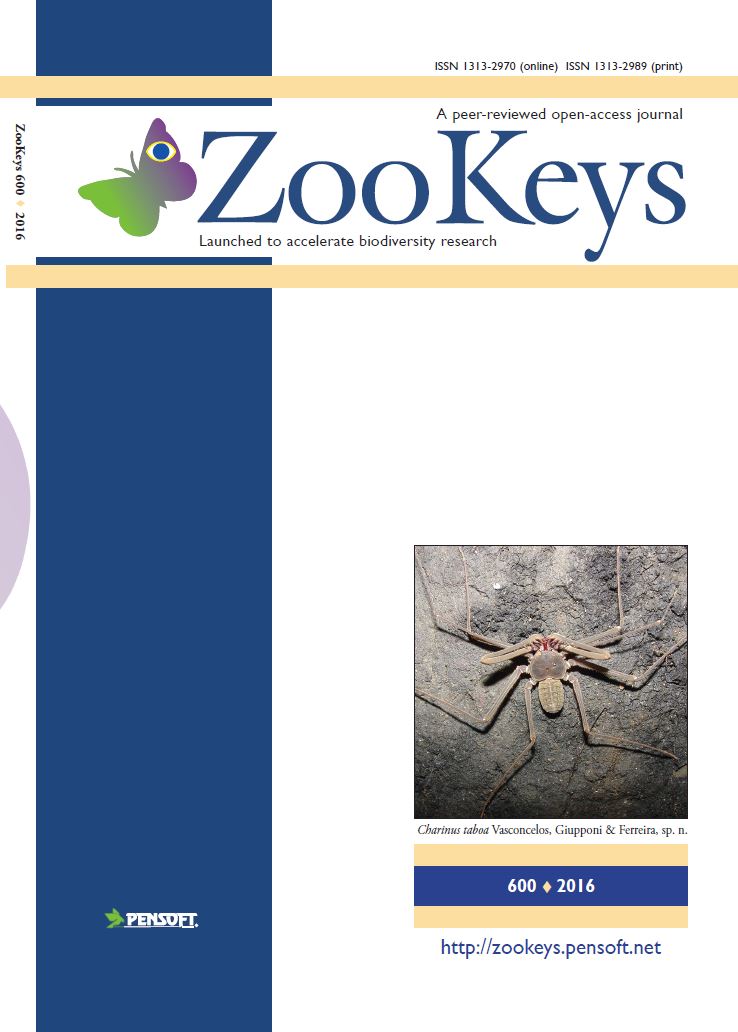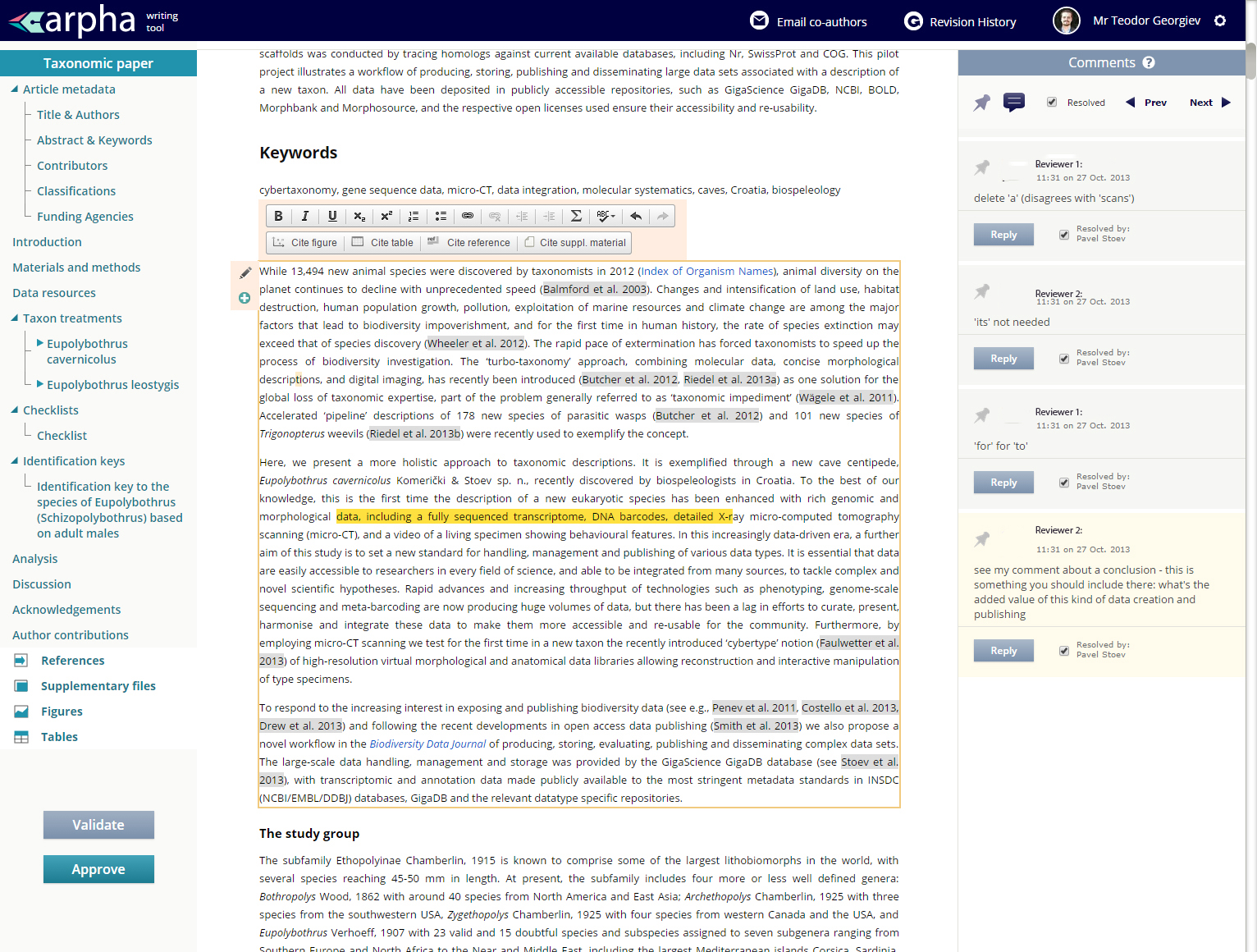Only four years after the inaugural editorial by Prof Dr Florian Jansen, Dr Idoia Biurrun, Prof Dr Jürgen Dengler and Dr Wolfgang Willner that officialised the third and still youngest scientific journal of the International Association of Vegetation Science (IAVS), the Vegetation Classification and Survey (VCS) journal successfully completed the rigorous quality and integrity assessment at Web of Science (WoS).
Late May 2024 saw the whole content ever published in VCS added to the Core Collection of the renowned academic platform, further boosting its discoverability, accessibility and reliability to researchers and other stakeholders alike, confirms the Indexing team of Pensoft and the ARPHA scholarly publishing platform.
“Many thanks to IAVS as owner and Pensoft as publisher, who made this success story possible. However, most of all, this early inclusion into the Web of Science Core Edition is due to the good articles of our authors and the great volunteer service our Associate Editors, Guest Editors, Linguistic Editors, Editorial Review Board members, and other reviewers did and do for VCS,”
the Chief Editors comment on the latest success.
The news means that VCS is soon to receive its very first Journal Impact Factor (JIF): allegedly the most popular and sought after journal-level metric, which annually releases the citation (or “impact”) rate of a given scholarly journal over the last period. By the end of next month, for example, we will know how different journals indexed by WoS have performed compared to each other, based on the number of citations received in 2023 (from other journals indexed by WoS) for papers published in 2021 and 2022 combined.
In 2022, VCS and its all-time publications were also featured by the largest and similarly acclaimed scientific database: Scopus, thus receiving its very first Scopus CiteScore* last June. At 2.0, the result instantly gave a promise of the widely appreciated content published in the journal.
In an editorial, published in the beginning of 2024, the Chief Editors assessed the performance of the journal and analysed the available data from Scopus to predict the citation rates for the journal in the next few years. There, the team also compared the journal’s latest performance with similar journals, including the other two journals owned by the IAVS (i.e. Applied Vegetation Science and Journal of Vegetation Science). Given that as of May 2024 the Scopus CiteScoreTracker for VCS reads 2.5, their optimistic forecasts seem rather realistic.
“The VCS articles of 2023 were on average even better cited than those in Applied Vegetation Science of the same year and had reached about the same level as Journal of Vegetation Science and Biodiversity and Conservation,”
they concluded.
In a recent post, published on the IAVS blog, on behalf of the four VCS Chief Editors, Prof. Dr. Jürgen Dengler further comments on the latest achievements of the journal, while also highlighting particularly valued recent publications.
The team also uses the occasion to invite experts in the field of vegetation science to submit their manuscripts in 2024 to make use of the generous financial support by the IAVS. Given the increasing interest in VCS, the journal also invites additional linguistic editors, as well as reviewers who wish to join the Editorial Review Board.
***
Keep yourself updated with news from Vegetation Classification and Survey on X (formerly Twitter) and Facebook. You can also follow IAVS on X and join the Association’s public group on Facebook.
***
*Note that the Scopus database features a different selection of scientific journals compared to Web of Science to estimate citation metrics. The indexers are also using different formulae, where the former looks into citations made in the last two complete years for eligible papers published in the same years.
***
About Vegetation Classification and Survey:
Vegetation Classification and Survey (VCS) is an international, peer-reviewed, online journal on plant community ecology published on behalf of the International Association for Vegetation Science (IAVS). It is devoted to vegetation survey and classification at any organisational and spatial scale and without restriction to certain methodological approaches.
The scope of VCS is focused on vegetation typologies and vegetation classification systems, their methodological foundation, their development and their application. The journal publishes original papers that develop new typologies as well as applied studies that use such typologies, for example, in vegetation mapping, ecosystem modelling, nature conservation, land use management, or monitoring. Particularly encouraged are methodological studies that design and compare tools for vegetation classification and mapping, such as algorithms, databases and nomenclatural principles, or are dealing with the conceptual and theoretical bases of vegetation survey and classification.
VCS also includes two permanent collections (or sections): “Ecoinformatics” and “Phytosociological Nomenclature”.
About Pensoft:
Pensoft is an independent, open-access publisher and technology provider, best known for its biodiversity journals, including ZooKeys, Biodiversity Data Journal, Phytokeys, Mycokeys, One Ecosystem, Metabarcoding and Metagenomics and many others. To date, the company has continuously been working on various tools and workflows designed to facilitate biodiversity data findability, accessibility, discoverability and interoperability.
About ARPHA Platform:
Pensoft publishes its journals on its self-developed ARPHA publishing platform: an end-to-end, narrative- and data-integrated publishing solution that supports the full life cycle of a manuscript, from authoring to reviewing, publishing and dissemination. ARPHA provides accomplished and streamlined production workflows that can be heavily customised by client journals not necessarily linked to Pensoft as a publisher, since ARPHA is specially targeted at learned societies, research institutions and university presses. The platform enables a variety of publishing models through a number of options for branding, production and revenue models. Alongside its elaborate and highly automated publishing tools and services, ARPHA provides a range of human-provided services, such as science communication and assistance in indexation at databases like Web of Science and Scopus, to provide a complete full-featured publishing solution package.



